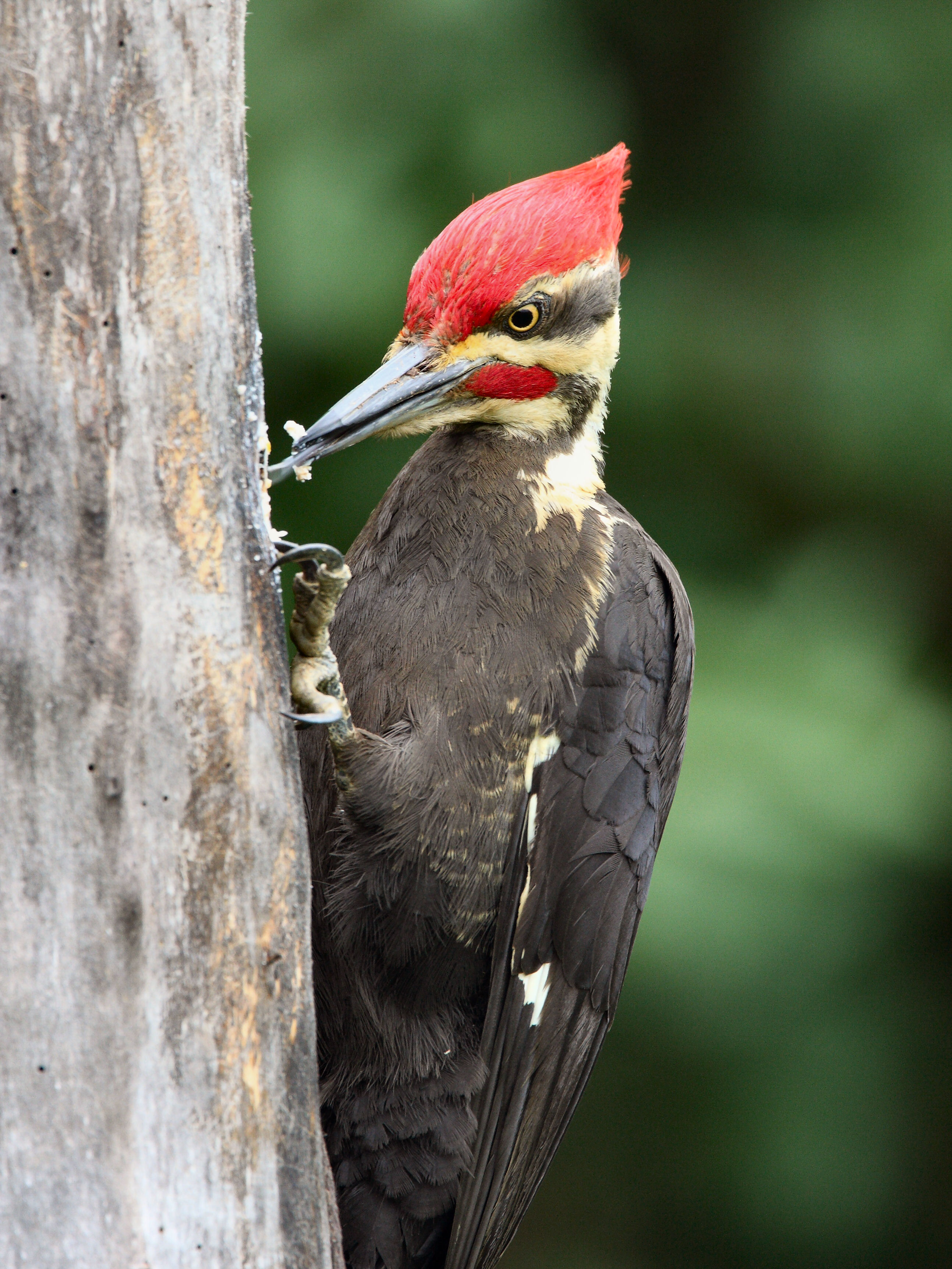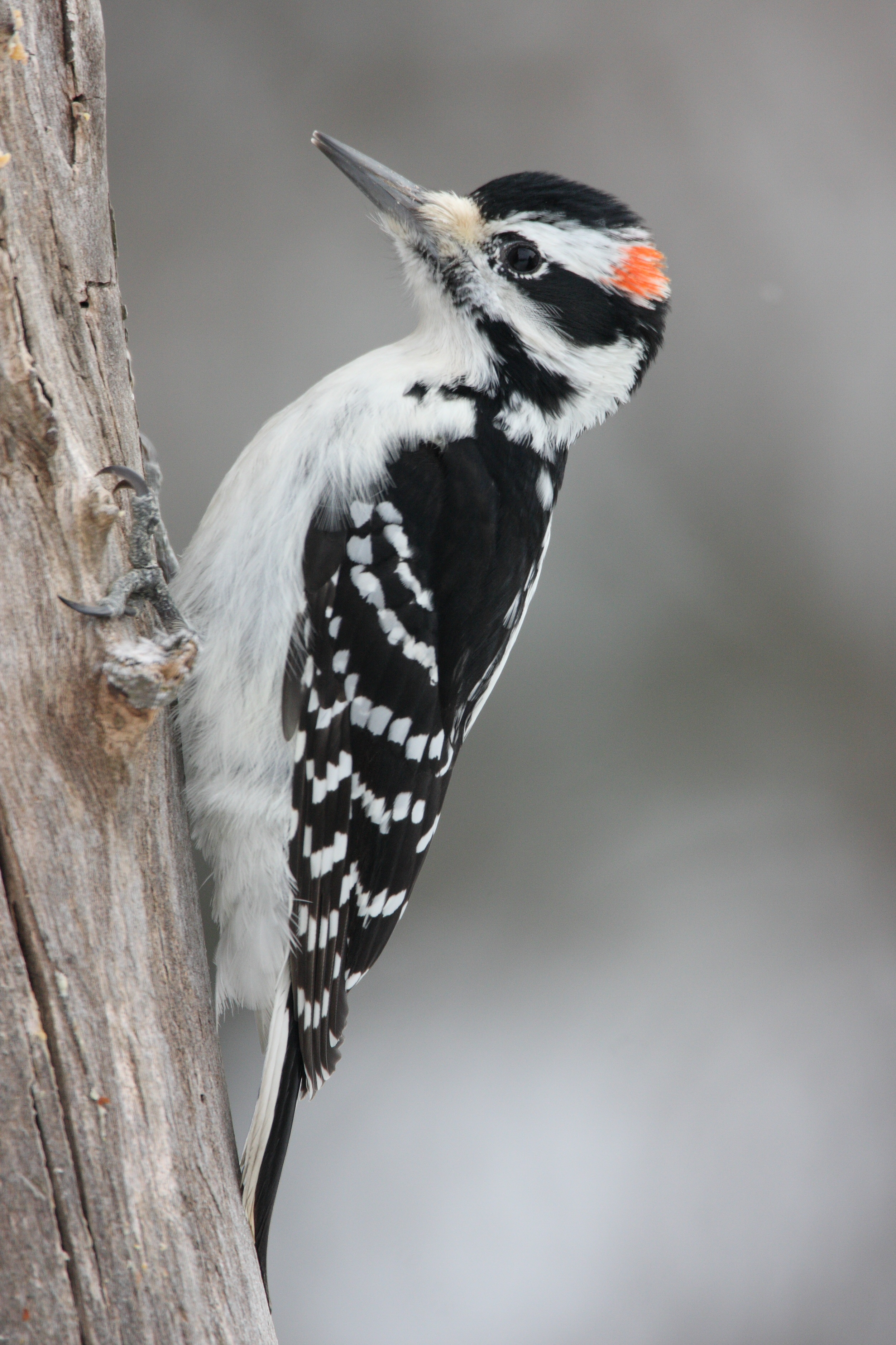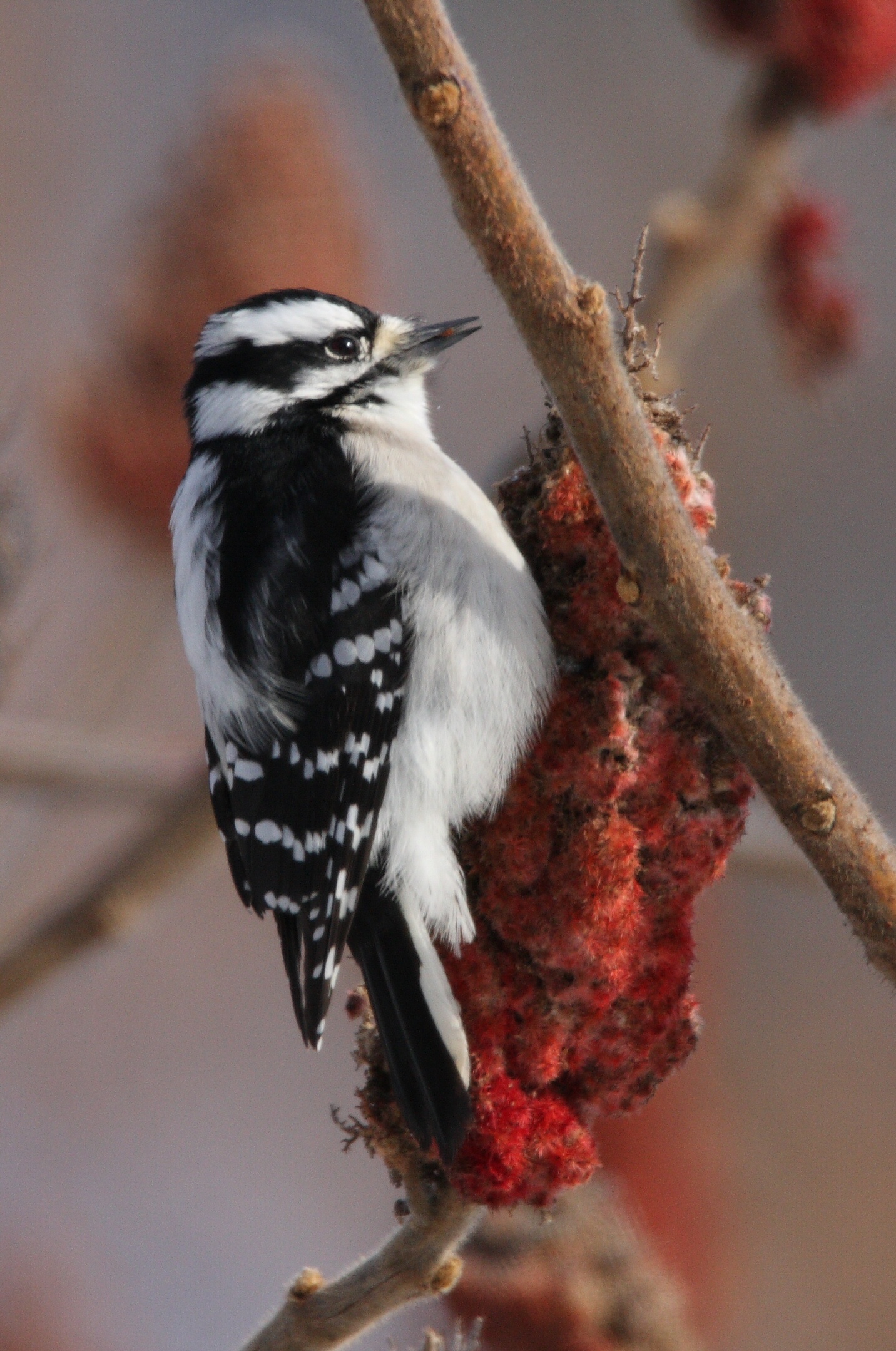Woodpecker
Woodpeckers live throughout North America. There are more than 20 species including sapsuckers and flickers. Downy, hairy, and pileated woodpeckers cause the most damage to homes and other wooden structures. Woodpeckers are dependent on trees for shelter and food so they are generally found in or at the edge of woodlots and forests. Most are year-round residents. All woodpeckers have a sharp, heavy bill with a chisel-like tip for chipping and digging into trees. Woodpeckers mainly feed on wood-boring insects, grubs, eggs, and pupae, as well as ants, wasps, and bees found on trees. They also consume sap, nuts, seeds, and the fruits of some trees and shrubs when insects are not readily available. Woodpeckers peck cavities in trees, wooden structures, and even utility poles for nest and roost sites.
Solutions for woodpecker problems
Laws and regulations to be aware of
Federal regulations
|
||
While we attempt to provide guidance about state and federal regulations pertaining to specific species and control techniques, we do not provide information about local jurisdictions (city, town, county, etc.) where regulations may be more restrictive, especially as it applies to discharge of firearms, transport of animals or use of trapping equipment. Contact your local city or county government to inquire further. No guarantee is made that information (or lack of information) associated with a species or control technique is completely accurate or current. You should become familiar with federal, state and local laws before beginning any wildlife control activities. |






